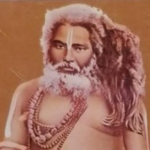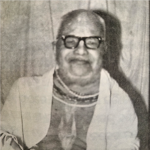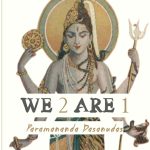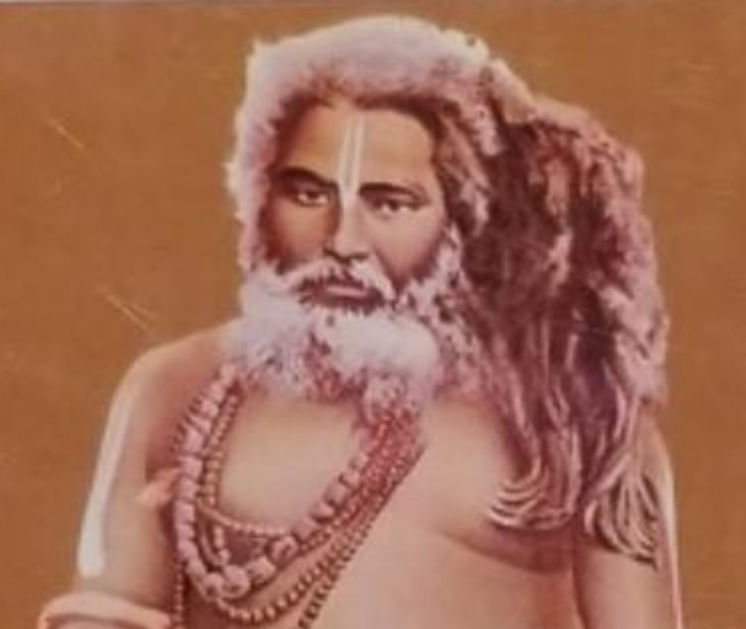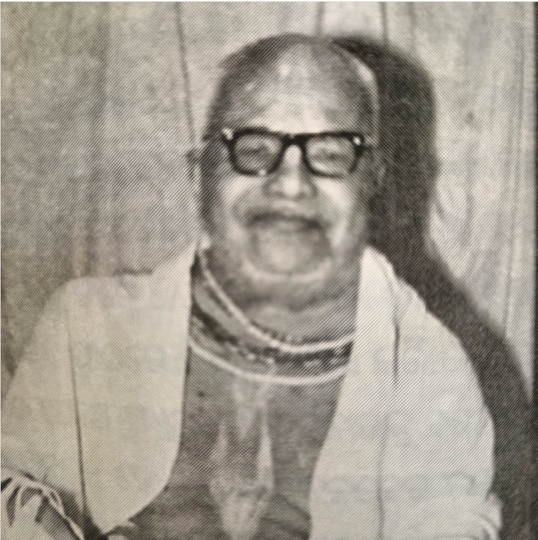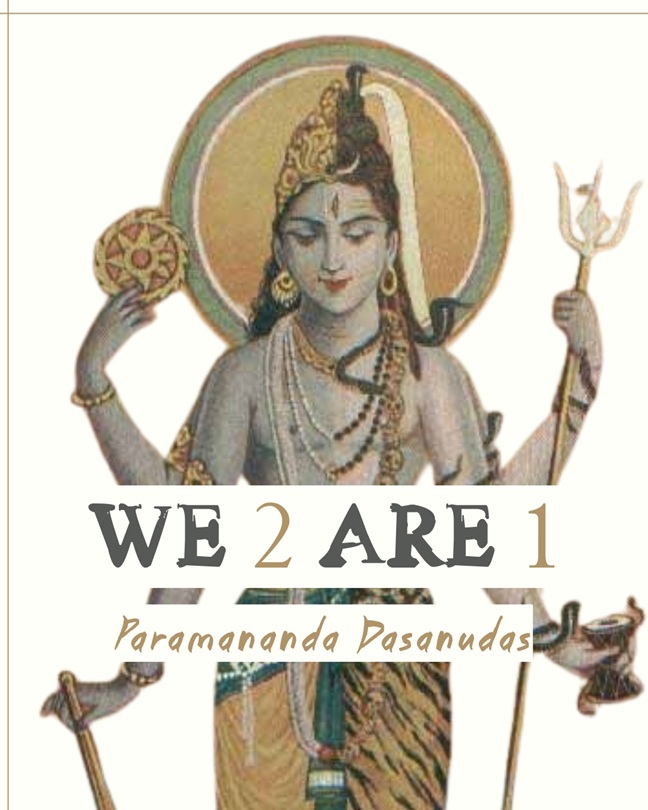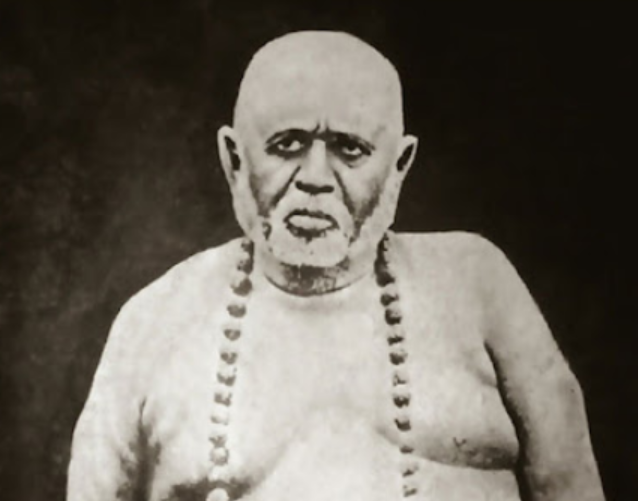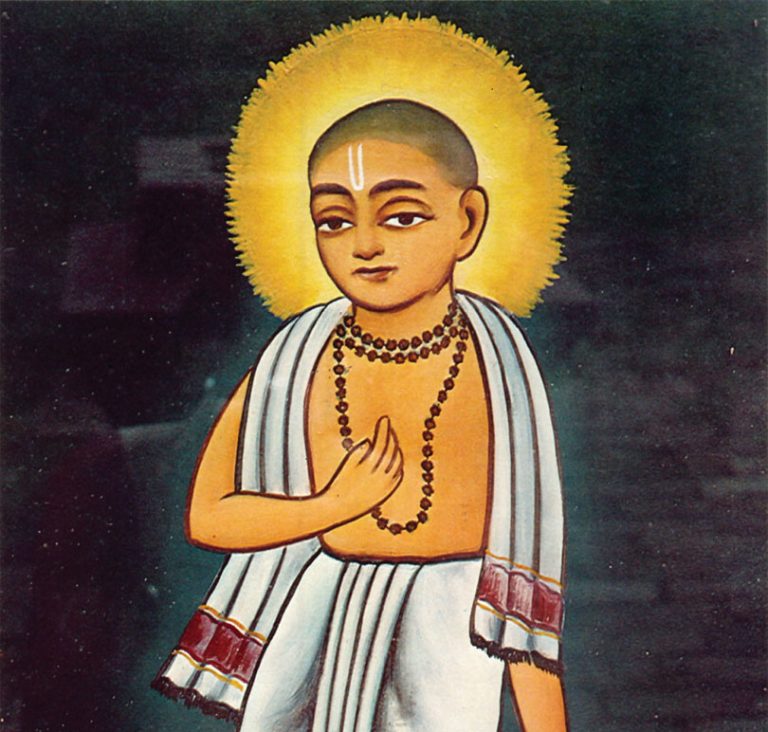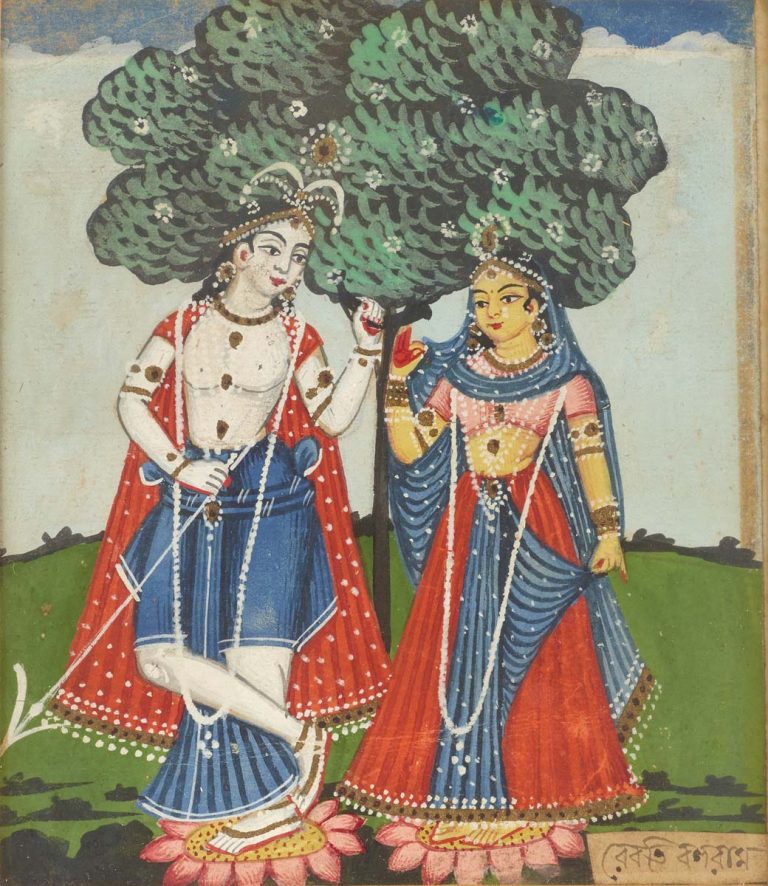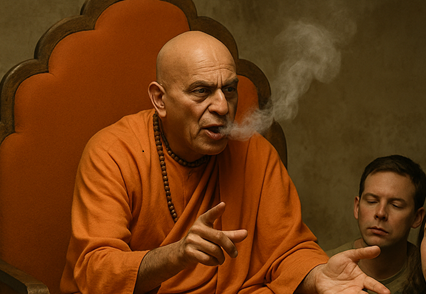IRRELIGIOUS PEOPLE FIND PLEASURE FAMINE IS A CAUSE OF PERIL: THE NAAM OF BRAHMAN IN KALIYUGA 12th...
The lives of Gaudiya saints are filled with austerity, miracles, and sacred pilgrimages. Among them, the figure...
Shiva and Vishnu are non different या श्रीः सा गिरिजा प्रोक्ता यो हरिः स त्रिलोचनः ।एवं सर्वेषु...
Prologue This text is not fiction. It is not a metaphor, nor a poetic fantasy. These are...
In the Yoga tradition of India, we can find incredible gems that are often poorly documented or...
The Selfless Buffering of Others’ Suffering From the book Shree Shree Sadguru Sanga, vol. 2Edited by Paramananda...
The Namastakam (eight-prayer hymn) by Śrīla Raghunātha Dāsa Gosvāmī extols the glories of the Holy Name (Hari-nāma)...
The Story of Sri Revati and Balarāma There was once a king named Kakudmi. His only daughter,...
Śrī Gaurānga Renounced the Saffron Robes Yes—even if it may sound surprising or contrary to mainstream narratives—Śrī...
Walking the path of Gaudiya life and spirituality I frequently encounter fanatics who harshly criticize and offend...
